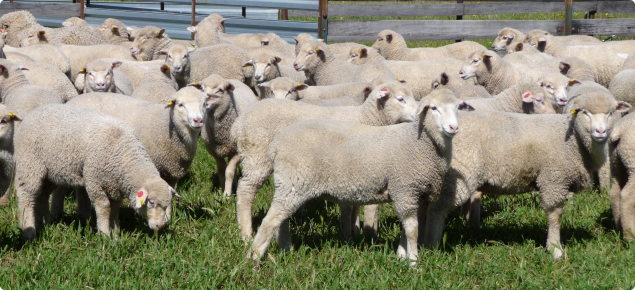Download the full report here or follow the link on the side menu.
Why invest in the Western Australian (WA) sheep industry?
- Globally renowned as a high quality & safe product – Australia is globally recognised for its breeding conditions, advanced farm management, stringent animal welfare protocols and the highest food safety standards in the world.
- Established trade routes – WA has established trade routes of live and processed lamb into over 100 countries worldwide.
- Internationally cost competitive production and processing sectors – WA has one of the lowest cost sheep production systems in the world.
- Few international competitors – Many countries only produce for domestic markets, whilst Australia was the second largest exporter of live sheep and sheepmeat in 2014 (by value), accounting for 20% (live) and 34% (meat) of the world’s total sheep exports. Aging infrastructure and time delays associated with building flock numbers create barriers to new entrants.
- Positive export price trend – lamb prices in real terms have increased at a faster rate than other agricultural commodities over the last two decades; a signal of strengthening demand and tightening global supply.
- Multiple markets and supply chains to sell into – multiple market options provide flexibility for producers and facilitate competition among buyers to secure sheep and therefore upward bidding pressure on prices.
- Close proximity to developing markets – the growing middle class in China has an increasing tendency to spend on higher value products such as red meat, and the South East Asian economies are close behind. WA has an international cost advantage being located closer to these markets than other competitors.
- Wool offers a valuable income stream – approximately 4-6 kilograms of wool (greasy) is produced each year from Merinos creating approximately $35/head of additional value.
- Complements the cropping enterprise – having pastures in the rotation for sheep production often allows crop enterprise to produce higher yields at a lower cost and therefore be more profitable.

